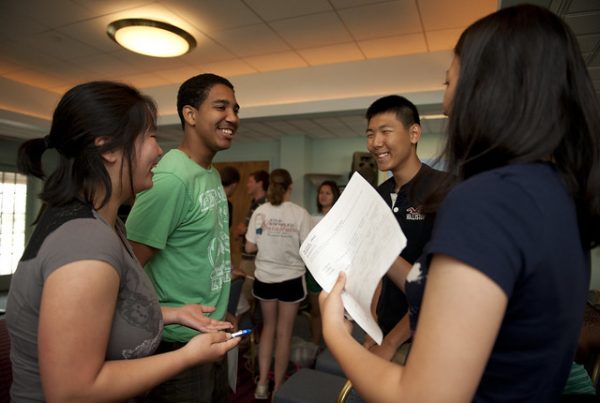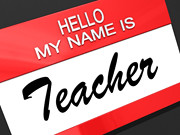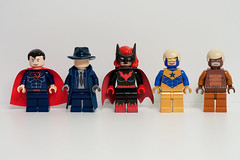As a sociology instructor, I have
been thinking about how ice breakers can be used for students to get to know
each other and to seamlessly move
into course content. There are a lot of good ideas for ice breakers online,
including some that do a great job of building community in the classroom. However,
I find myself moving away from them because they seem to be a one-trick pony.
Here are three examples of ice breakers that could be used to connect students with each other, as well as slide right into sociological content.



